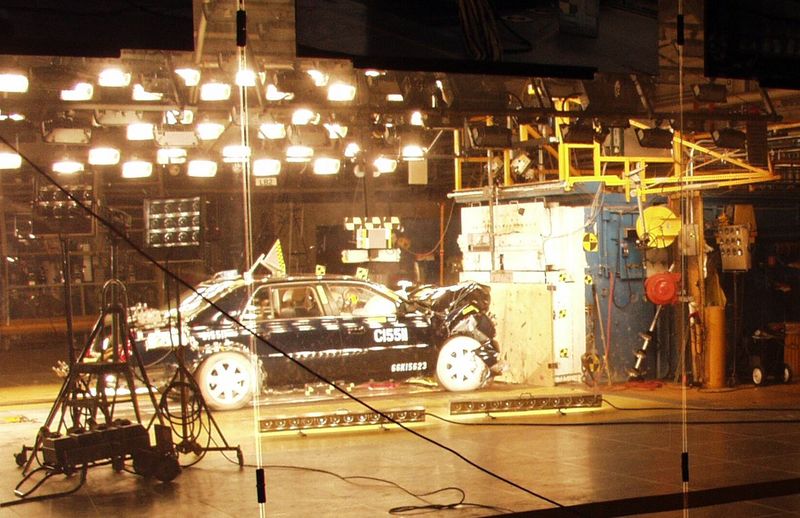Vehicle safety
Jump to navigation
Jump to search
Vehicle safety is the study and practice of design, construction, equipment and regulation to minimize the occurrence and consequences of automobile accidents. Road traffic safety more broadly includes roadway design.
Description
Most industrialized countries have comprehensive requirements and specifications for safety-related vehicle devices, systems, design, and construction. These may include[1]:
- Passenger restraints such as seat belts - often in conjunction with [http://en.wikipedia.org/wiki/Seat_belt_legislation laws requiring their use and airbags
- Crash avoidance equipment such as lights and reflectors
- Driver assistance systems such as Electronic Stability Control
- Crash survivability design including fire-retardant interior materials, standards for fuel system integrity, and the use of safety glass
- Sobriety detectors: These interlocks prevent the ignition key from working if the driver breathes into one and it detects significant quantities of alcohol. They have been used by some commercial transport companies, or suggested for use with persistent drunk-driving offenders on a voluntary basis
Footnotes and references
website=http://securipedia.eu/cool/index.php?wiki=securipedia.eu&concept=Vehicle_safety height=1023 width=100% border=0 scroll=auto align=middle </websiteFrame> <headertabs/>
